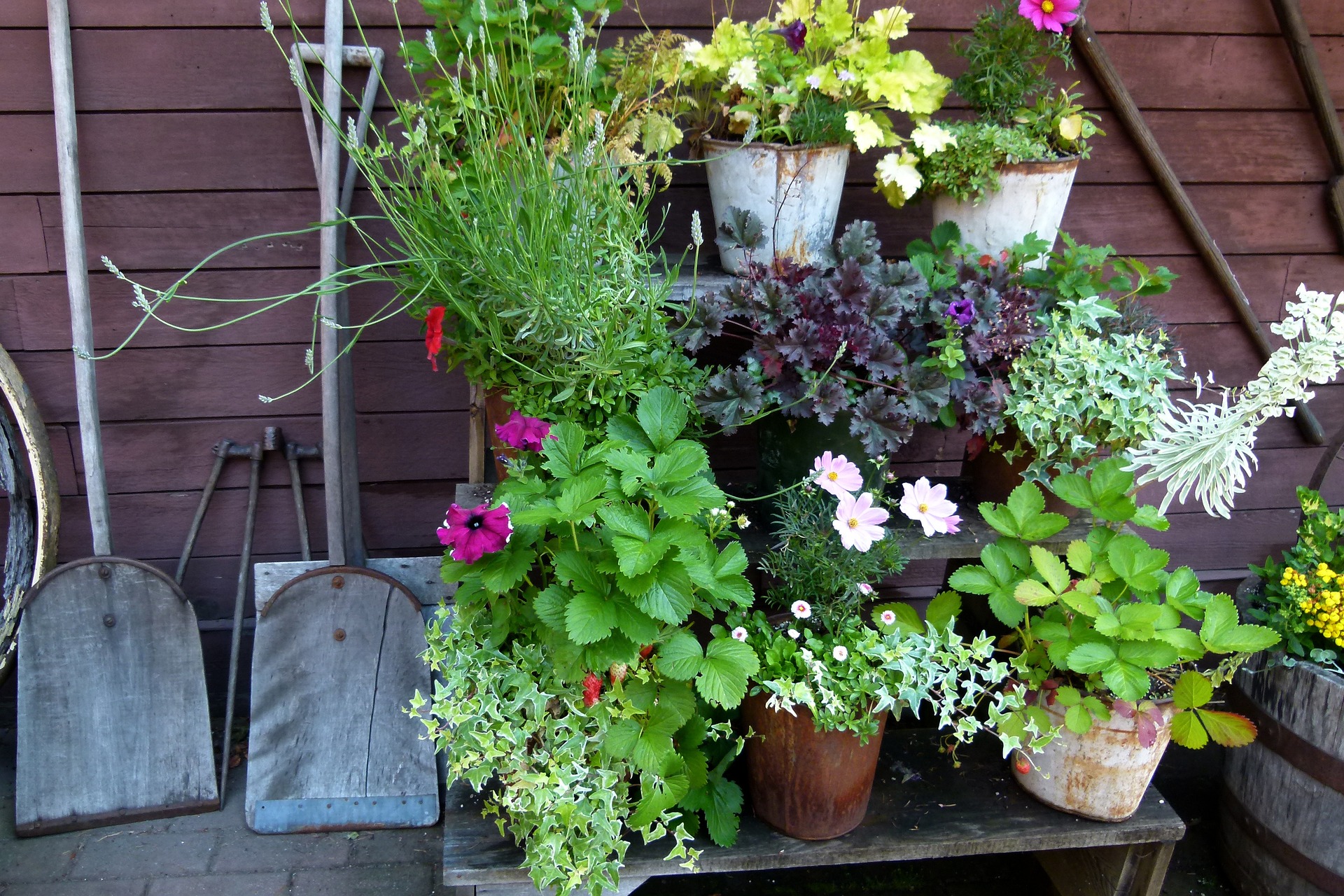Practical Gardening Tools: Trowel, Shears, Fork and Care
Getting the right garden tools transforms gardening from a chore into a joy. Whether you’re starting a small balcony bed or managing a backyard vegetable plot, a thoughtful selection of tools—like a reliable trowel, sharp pruning shears, and a sturdy garden fork—makes planting, pruning, and soil care easier and more effective. This article breaks down essential garden tools, how to choose them, and simple maintenance tips so your equipment lasts season after season.

Essential garden tools for beginners
Every gardener benefits from a compact toolkit. Core garden tools include a trowel for planting, a hand fork for small beds, pruning shears for trimming, a long-handled spade for digging, and a garden fork for turning soil. When assembling your set, look for ergonomic handles, rust-resistant metal (stainless steel or carbon steel with coating), and balanced weight. Quality over quantity matters: a few well-made garden tools will outperform many cheap ones and provide more enjoyment when gardening.
How to choose a trowel
A trowel is the workhorse for planting seedlings, transplanting, and removing weeds. Choose a trowel with a comfortable grip and a blade that suits your tasks: narrow pointed blades penetrate compacted soil, while wider blades move more soil for transplanting. Blade material affects durability—stainless steel resists corrosion, carbon steel holds a sharper edge but may require more care. Consider handle materials (rubberized or wooden) for comfort, and look for a full-tang design where the blade extends into the handle for added strength.
When to use pruning shears
Pruning shears are indispensable for shaping plants, cutting dead or diseased wood, and harvesting. Bypass shears make clean cuts on live stems and are ideal for most pruning tasks, while anvil shears are better for tougher, dead wood. Use the right size: smaller hand pruners for fine stems and ratchet-style models for arthritic hands or thicker branches. Keep blades sharp to make clean cuts that heal faster, and always follow safety guidelines—wear gloves and cut at the correct angle to reduce plant stress.
Why a garden fork matters
A garden fork is different from a spade and excels at loosening compacted soil, turning compost, and lifting root crops like potatoes. Its tines penetrate without slicing soil layers, preserving soil structure and beneficial organisms. For heavy clay or deeply compacted beds, a strong garden fork with thick, heat-treated tines will last longer. Lighter hand forks are convenient for container gardening. Using a garden fork at the start of the season helps aerate soil, improve drainage, and incorporate organic matter more effectively than repeated spading.
Care and maintenance of garden tools
Proper care extends the life of garden tools and keeps them efficient. After each use, remove soil and moisture—scrub blades, dry them, and apply a light coat of oil to prevent rust. Sharpen blades (pruning shears and trowels) regularly with a file or sharpening stone and tighten loose screws and bolts. Store tools in a dry place, hang them off the ground, and keep handles smooth by sanding splinters and applying linseed oil to wooden grips. For tasks you don’t want to do yourself—like blade reconditioning or professional sharpening—check local services that offer tool sharpening and repair.
Conclusion
Choosing the right garden tools and maintaining them well makes gardening more productive and enjoyable. A thoughtfully selected trowel, reliable pruning shears, and a sturdy garden fork cover most common tasks, while regular cleaning, sharpening, and proper storage protect your investment. With a modest set of quality tools and a little upkeep, gardeners at every level can improve plant health, reduce effort, and get more satisfaction from their time in the soil.






